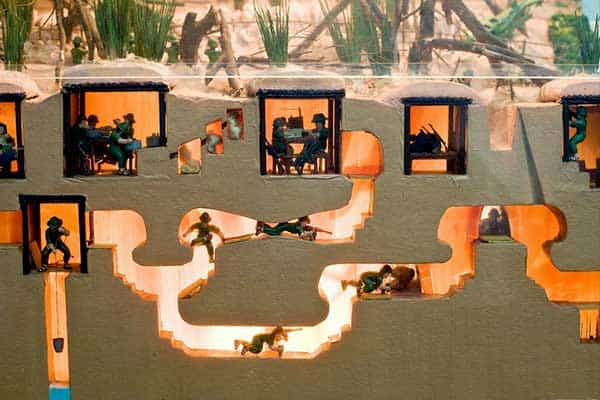CU CHI TUNNELS - SOUTHERN VIETNAM
EMBLEMATIC RELIQUE OF WAR
The history of the Cu Chi tunnels

Cu Chi tunnels
What to do in the tunnels of Cu Chi?
- The map and simplified tunnel models.
- Short documentary film.
- The doors of the secret cellar hidden under the leaves.
- Death traps.
- Meeting area, bomb manufacturing area, bunker, operating room, weapons manufacturing area, rubber shoe manufacturing area.
- The crater of the bomb dropped in the Cu Chi jungle during the war and the body of the M41 tank, trapped in the woods and destroyed by the mine in 1970.
- A section of tunnels.
- The kitchen: This is a stove and chimney system, diffusing and dissipating cooking smoke that prevented aerial smoke detection. The cooks serve you boiled cassava with a mixture of salt, roasted sesame seeds, ground peanuts and tea on wooden tables. Steamed cassava is a popular food of the Cu Chi people and Viet Cong soldiers during the war because of the lack of food.
- Sports and games: Shooting, paintball, swan boat, kayaking, cycling.
- Many helicopters, bombs and tanks used by the American army and Cu Chi guerrillas during the war.
- A documentary film and an explanation of the tunnels.
- Tunnels: workspace, operating room, meeting room, shelter, combat bunker, kitchen, weapons factory.
- Objects used by the Viet Cong to attack the enemy, shoes, food, clothing, weapons made by soldiers and inhabitants
- Ben Duoc Memorial Temple (built in 1993)
- Shooting ranges



